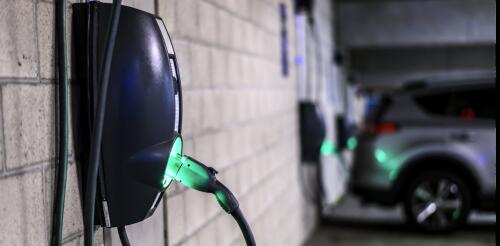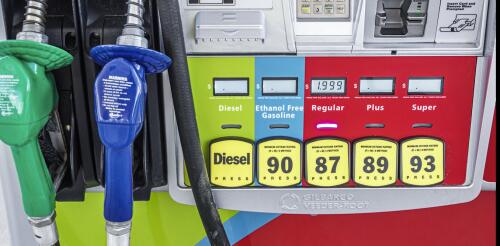Cars
The Research Brief is a short take about interesting academic work. The big idea A new plant-based substitute for polyurethane foam eliminates the health risk of the material, commonly found in insulation, car seats and other types of cushioning, and it’s more environmentally sustainable, our new research shows. Polyurethane foams are all around you, anywhere a lightweight material is needed for cushioning or structural support. But they’re typically made using chemicals that are suspected carcinogens. Polyurethanes are typically produced in a very fast reaction between two chemicals made by the petrochemical industry: polyols and isocyanates. While much work has gone into finding replacements for the polyol component of polyurethane foams, the isocyanate component has largely remained, despite its consequences for human health. Bio-based foams can avoid that component. These bio-based foams avoid the need for petroleum pro...
A nationally representative survey of 8,027 Americans shows that across all racial demographics, overall interest in purchasing electric vehicles is high. Among those surveyed, 33% of white respondents, 38% of Black respondents, 43% of Latinos and 52% of Asian Americans say they would “definitely” or “seriously consider” purchasing or leasing an EV as their next vehicle. The survey was conducted by Consumer Reports, with input from the nonprofit advocacy groups GreenLatinos, the Union of Concerned Scientists and EVNoire and administered between Jan. 27 and Feb. 18, 2022, by NORC at the University of Chicago, an objective, nonpartisan research organization. Electric vehicles are critical for reducing transportation emissions, but communities of color currently adopt this key technology at lower rates than white drivers. This survey, for which I was an adviser, helps to shed light on some of the reasons for this disparity. Cleaner air for all Air pollut...
Replacing petroleum fuels with electricity is crucial for curbing climate change because it cuts carbon dioxide emissions from transportation – the largest source of U.S. global warming emissions and a growing source worldwide. Even including the impacts of generating electricity to run them, electric vehicles provide clear environmental benefits. Plug-in vehicles are making great progress, with their share of U.S. car and light truck sales jumping from 2% to 4% in 2020-2021 and projected to exceed 6% by the end of 2022. But sales of gas-guzzling pickups and SUVs are also surging. This other face of the market subverts electric cars’ carbon-cutting progress. As a researcher who studies transportation and climate change, it’s clear to me that EVs provide large carbon reductions that will grow as the electric grid shifts to carbon-free energy. But fleetwide emissions, including vehicles of all types and ages, are what ultimately matters for the climate. Whi...
Curious Kids is a series for children of all ages. If you have a question you’d like an expert to answer, send it to curiouskidsus@theconversation.com. Why do we use gasoline for small vehicles and diesel fuel for big vehicles? – Methdini, age 15, Sri Lanka Gasoline fuels most light-duty vehicles, such as passenger cars and pickup trucks. Heavy-duty vehicles, like buses, delivery trucks and long-haul tractor-trailers, typically run on diesel. Both fuel types are needed because gasoline and diesel engines have different strengths. As my automotive engineering students learn, this makes them suitable for different uses. Let’s start with what they have in common. Gas and diesel engines both work through a process called internal combustion. First, they mix fuel with air because the fuel needs oxygen from the air to burn. Next, they compress the fuel-air mixture, which ma...



